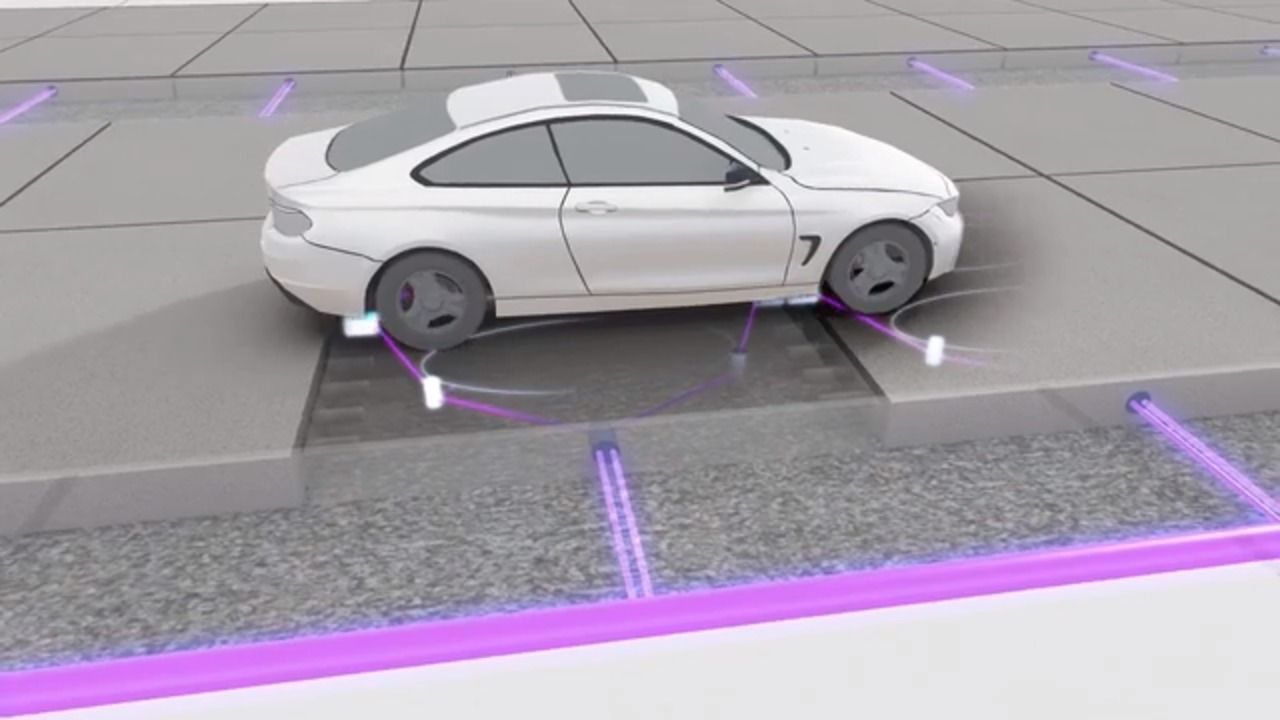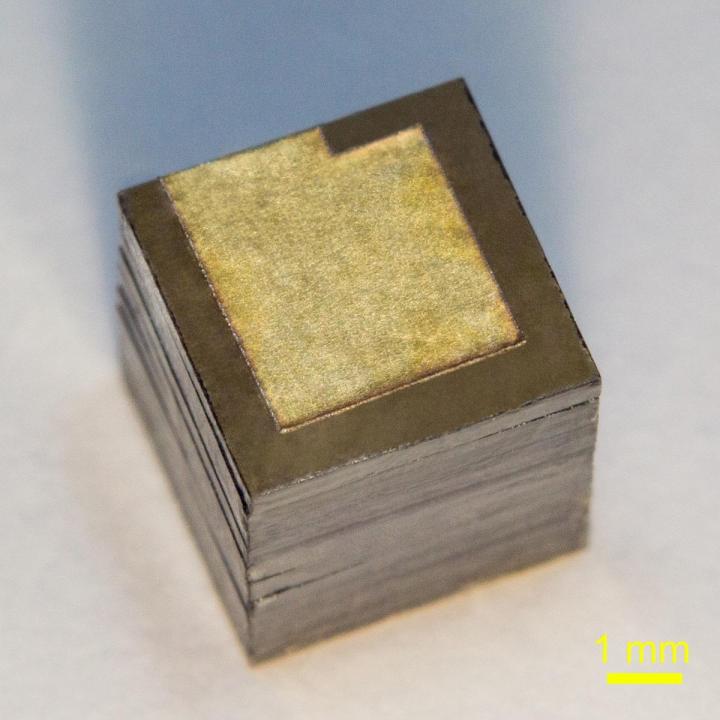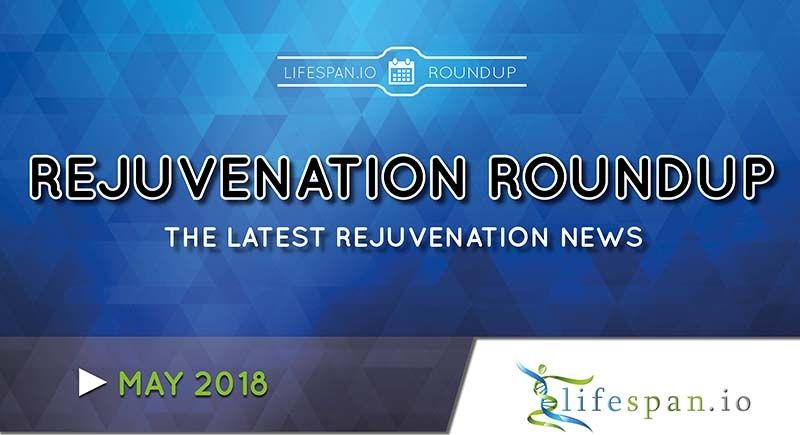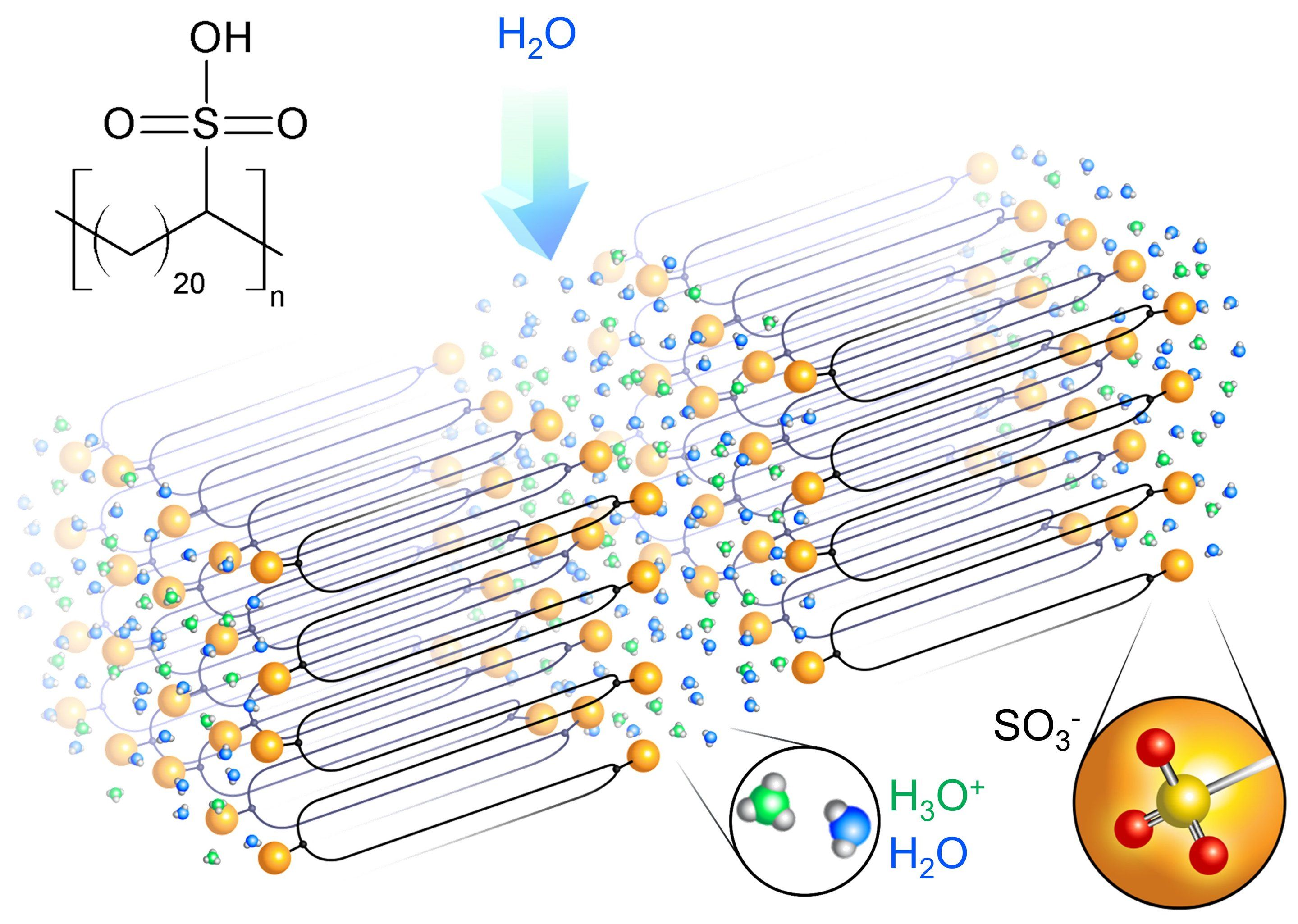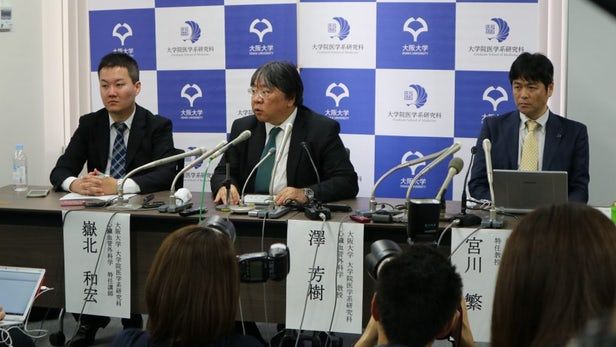Page 10082
Jun 1, 2018
Prototype nuclear battery packs 10 times more power
Posted by Klaus Baldauf in categories: biotech/medical, nuclear energy, robotics/AI, space travel
Russian researchers from the Moscow Institute of Physics and Technology (MIPT), the Technological Institute for Superhard and Novel Carbon Materials (TISNCM), and the National University of Science and Technology MISIS have optimized the design of a nuclear battery generating power from the beta decay of nickel-63, a radioactive isotope. Their new battery prototype packs about 3,300 milliwatt-hours of energy per gram, which is more than in any other nuclear battery based on nickel-63, and 10 times more than the specific energy of commercial chemical cells. The paperwas published in the journal Diamond and Related Materials.
Conventional batteries
Ordinary batteries powering clocks, flashlights, toys, and other compact autonomous electrical devices use the energy of so-called redox chemical reactions. In them, electrons are transferred from one electrode to another via an electrolyte. This gives rise to a potential difference between the electrodes. If the two battery terminals are then connected by a conductor, electrons start flowing to remove the potential difference, generating an electric current. Chemical batteries, also known as galvanic cells, are characterized by a high power density — that is, the ratio between the power of the generated current and the volume of the battery. However, chemical cells discharge in a relatively short time, limiting their applications in autonomous devices. Some of these batteries, called accumulators, are rechargeable, but even they need to be replaced for charging. This may be dangerous, as in the case of a cardiac pacemaker, or even impossible, if the battery is powering a spacecraft.
Jun 1, 2018
World’s First 3D-Printed Concrete Housing Project to be Built in Eindhoven
Posted by Klaus Baldauf in categories: 3D printing, habitats

The Dutch city of Eindhoven is to host the world’s first commercial housing project based on 3D-concrete printing, with the first of five planned houses due to start construction this year. The units were developed by a collaborative team including the Eindhoven University of Technology and will be purchased and let out by a real estate company upon completion.
The first house will be a single-floor, three-room house measuring 1000 square feet (95 square meters), to be followed by four multi-story units. The irregular shape of the buildings is based on “erratic blocks in the green landscape,” made possible due to the flexibility of form permitted by 3D-printing.
Continue reading “World’s First 3D-Printed Concrete Housing Project to be Built in Eindhoven” »
Jun 1, 2018
World’s first 3D-printed cornea made from algae and human stem cells
Posted by Klaus Baldauf in categories: 3D printing, bioengineering, biotech/medical, cyborgs, transhumanism
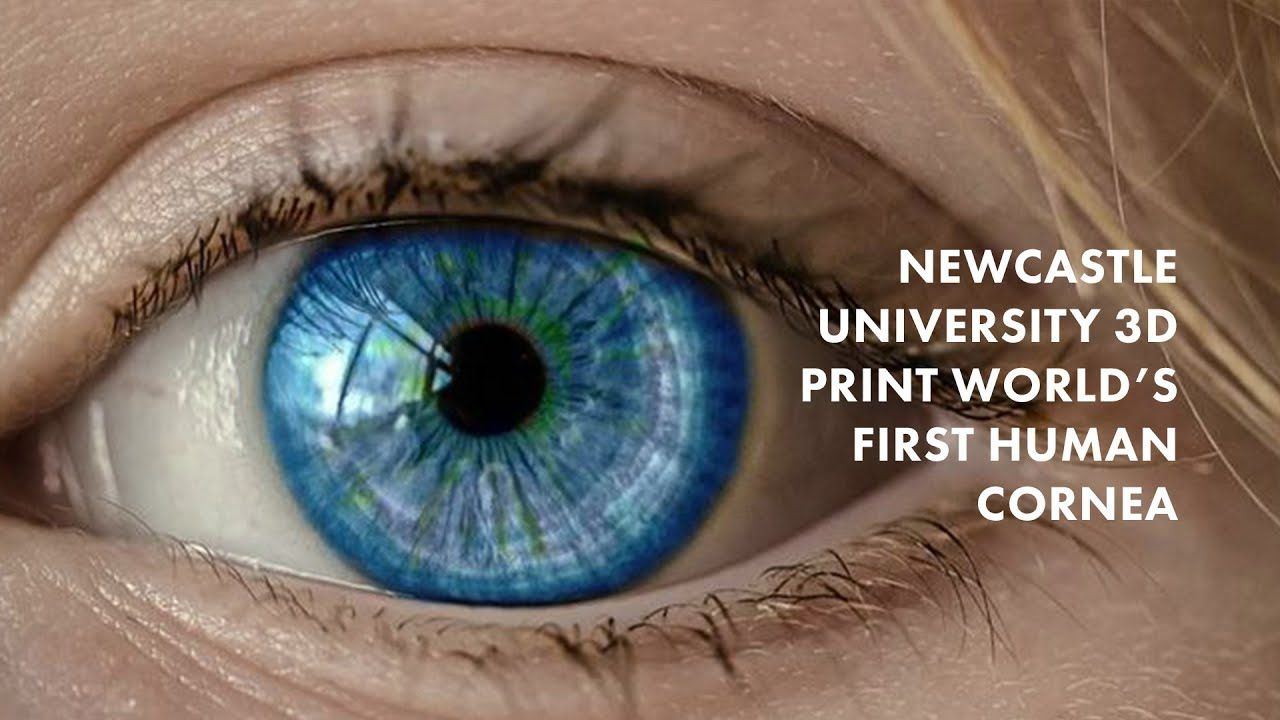
The human eye is a remarkably sophisticated organ and like the lens to a camera, it’s the cornea that focuses the flood of photons into a perceptible image. But for an estimated 15 million people around the world, eye disease and trauma make surgery the only path to clear vision.
In the next few years, artificial corneas may become more accessible thanks to new research out of Newcastle University in the United Kingdom. There, researchers mixed stem cells from the cornea of a healthy donor with collagen and algae molecules to create a bio-ink, which they 3D-printed into an artificial cornea. The research is currently just a proof-of-concept but lays the groundwork for future techniques to create low-cost, easy-to-produce bionic eyes.
Continue reading “World’s first 3D-printed cornea made from algae and human stem cells” »
Jun 1, 2018
Rejuvenation Roundup May 2018
Posted by Nicola Bagalà in categories: biotech/medical, life extension
LEAF’s monthly roundup for May is out!
Summer is coming, and, albeit on a slightly longer timeframe, so is a world free of aging! So, grab an iced drink, sit comfortably on your beach chair, and let’s have a look together at some of the latest rejuvenation news.
The first LEAF conference in NYC is coming!
Jun 1, 2018
Dandelion wants to play a role in home geothermal
Posted by Bill Kemp in category: habitats
Not familiar with residential geothermal heating? No surprise. Chris Martin in Bloomberg explained that “Residential geothermal heating is uncommon, in part because the expense and effort to dig the wells make them costly to install in existing homes.”
Dandelion CEO Kathy Hannun told CNNMoney that “It’s a very niche technology that hasn’t taken off at all in this country.” Her Brooklyn-based company, Dandelion, is out there to make geothermal heating—extracting underground heat to keep homes warm— more affordable for homeowners.
On Wednesday, Dandelion launched the Dandelion Air as a home heating and air conditioning system. Dandelion’s claims: it’s 4 times more efficient than any furnace on the market and almost twice as efficient as a conventional air conditioning system. So, when you go up to Dandelion’s web site there is one sole message and it reads loud and clear. “Geothermal heating and air conditioning so efficient it pays for itself.”
Continue reading “Dandelion wants to play a role in home geothermal” »
Jun 1, 2018
Engineers design new solid polymer electrolyte, paving way for safer, smaller batteries and fuel cells
Posted by Bill Kemp in categories: energy, satellites
Fuel cells and batteries provide electricity by generating and coaxing positively charged ions from a positive to a negative terminal which frees negatively charged electrons to power cellphones, cars, satellites, or whatever else they are connected to. A critical part of these devices is the barrier between these terminals, which must be separated for electricity to flow.
Improvements to that barrier, known as an electrolyte, are needed to make energy storage devices thinner, more efficient, safer, and faster to recharge. Commonly used liquid electrolytes are bulky and prone to shorts, and can present a fire or explosion risk if they’re punctured.
Research led by University of Pennsylvania engineers suggests a different way forward: a new and versatile kind of solid polymer electrolyte (SPE) that has twice the proton conductivity of the current state-of-the-art material. Such SPEs are currently found in proton-exchange membrane fuel cells, but the researchers’ new design could also be adapted to work for the lithium-ion or sodium-ion batteries found in consumer electronics.
Jun 1, 2018
Japan moves to fast-track innovative stem cell therapy with first trials on human hearts
Posted by Genevieve Klien in categories: biotech/medical, life extension, neuroscience
With the ability to be coaxed into different kinds of mature cell types, induced pluripotent stem cells (iPSCs) hold all kinds of potential in the world of regenerative medicine. One of the many possibilities could be repairing damaged hearts, something that will soon be put to the test for the first time ever in newly approved clinical trials in Japan.
Since emerging from the laboratory of researcher Shinya Yamanaka in Japan in 2006, the potential of iPSCs has been explored in all kinds of promising research efforts. We have seen them implanted into rabbits to restore their vision, become brain tumor predators, and turned into precursor cells for human organs.
IPSCs are created by first harvesting cells from body tissues and then infecting them with a virus, in turn introducing them to carefully selected genes that return them to their immature state. From there they can develop into any cell in the body, a capability so powerful it earned Yamanaka a Nobel Prize in 2012.
Jun 1, 2018
Neuroscientists Uncover the Roots of the Uniquely Large Human Brain
Posted by Genevieve Klien in categories: evolution, neuroscience
On Thursday, an international team of scientists announced a new explanation for the evolution of brain size expansion: Unique genes that, to date, have only been found in humans. They’re called NOTCHN2NL genes and so far the scientists have identified eight different versions of them.
